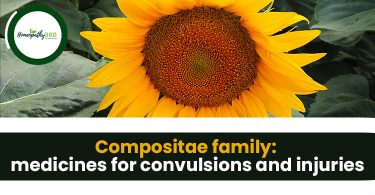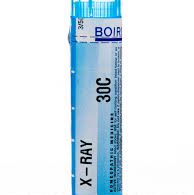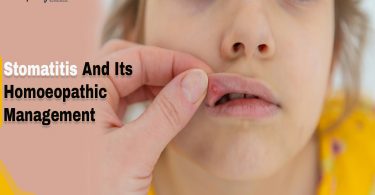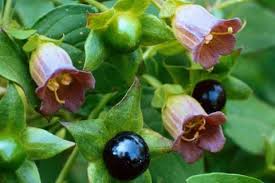Lachrymation or tearing is a function of the lachrymal gland and the accessory lachrymal glands. Tears wet the surface of the cornea and conjunctiva, there by protecting the surface epithelium. They also inhibits the growth of organisms, provide the cornea with nutrient substances and make the cornea a smooth optical surface by abolishing minute surface irregularities.
Basal tear production provide enough tears for these purpose. psychic lachrymation is normally associated with pain or emotional aspect.
Tear production diminishes with age and dryness of the eye in common complaint of the elderly.
Epiphora is the overflow of tear on to the cheeks and may be due either to increased production of tears or inadequate drainage of tear through the nasolachrymal drainage system.
Causes:
Psychic lachrymation is normally associated with pain or emotional aspect .Reflex stimulation of lachrymation causing epiphora is commonly associated with irritative condition or corneal disease
Corneal injury , a blast of air or a foreign body on the surface of the eye cause irritation of the trigeminal neuralgia nerve that excites lachrymation. Even strong light yawning , vomiting and laughing are associated with reflex lachrymation.
Increased tear secretion:
1. Corneal foreign body
2. Corneal irritation
3. Corneal inflammation
4. Nasal irritation
Inadequate drainage of tears:
1.Obstructionin lachrymal pathway
2.Stricture in lachrymal pathway
3.Tumours in lachrymal pathway
4. Punctal or eyelid malposition
5. weakness of orbicularis muscle
6. Nasal obstruction with normal lachrymal pathway
HOMOEOPATHIC THERAPEUTICS
- ACONITE:
Profuse watering after exposure to dry, cold wind, reflection from snow, after extraction from cinders and other foreign bodies. - AESCULUS:
Heavy and hot eyes, with lachrymation, with enlarged blood vessels, eye balls sore. - ALLIUM CEPA:
Red , intense burning, sensitive to light, eyes suffused and watery, profuse bland lachrymation, better in open air, burning in eye lids. - ARS ALB :
Burning eyes, with acrid lachrymation, lids red ulcerated, blepheritis, intense photophobia, > external warmth, ciliary neuralgia with fine burning pain. - CALC. CARB :
Lachrymation in open air and in early morning, spots and ulcers in cornea. Lachrymal ducts closed on exposure to old. Asthenopia, Photophobia, Chronic dilatation of pupils, lachrymal fistula. - CINNABARIS :
Pain from lachrymal duct radiates around the eyes to the temple, from the inner canthus across the ear, severe shooting pain in the bones of the orbit. especially running from inner to outer canthus in the bone. - COCHLERIA AROMATICA:
Sore and scrofulous, traumatic inflammation of eyes, blearedness and cataract, copious lachrymation from eyes, conjunctivitis. - COLCHICUM AUTUMNALE:
Lachrymation worse in open air, violent tearing pain in eyes. dim vision after reading. spots before eyes, unequal pupils, contracted left pupil. - CONIUM MAC:
Photophobia and lachrymation, corneal pustule, < artificial light. In superficial inflammation, a sin phlyctenular conjunctivitis, and keratitis.
lachrymation from slightest ulceration or abaration. - EUPHRASIA:
Catarrhal conjunctivitis acrid lachrymation, eyes watery all times, bland coryza, thick and excoriating discharge, burning and swelling eye lids, frequent inclination to blink. - FERRUM PHOS:
Red, inflamed with a burning sensation, conjunctivitis, sensation of and under the lids. hyperemia of optic disc and retina with blurred vision. - GUAREA TRICHILOIDES:
Conjunctivitis, inflamed, swollen, tearing pain in the eye ball, glaucoma, objects appear gray and upside down, Epiphora, eye symptoms alternate with diminished hearing. - IODUM:
Violent lachrymation, pain in the eyes , pupils dilated, constant motion of the eye ball, acute dacryocystiis. - IPECAC:
Inflammed, red, pain through the eye ball, profuse lachrymation, cornea dim, state of vision constantly changing, spasm of accomodation from irritable weakness of ciliary muscles. Nausea from looking at moving objects, periodic orbital neuralgia with lachrymation. photophobia and smarting eye lids. - KALI HYDROIODICUM:
Salty lachrymation, lids red and swollen , blepheritis, dull headache as if board was pressing against forehead - MERC SOL :
Lid red, thick swollen, profuse burning , acrid discharge , purulent conjunctivitis, floating black spots, after exposure to glare of fire, parenchymatous keratitis of syphilitic origin with burning pain. - NATRUM MUR:
Stricture of lachrymal duct with suppuration, lachrymation burning and acrid , lids swollen eyes appears wet with tears. Tears stream down the face on coughing. Pain in the eyes when looking down, letters run together, zigzag appearance around all objects. - NITRIC ACID:
Diplopia, sharp , sticking pain ulceration of the cornea, gonorrheal ophthalmia, photophobia, constant lachrymation, syphilitic iritis - OLEUM ANIMALE AETHEREUM:
Smarting in the eyes, misty vision, glistening bodies before eyes, lachrymation when eating, short sighted.





